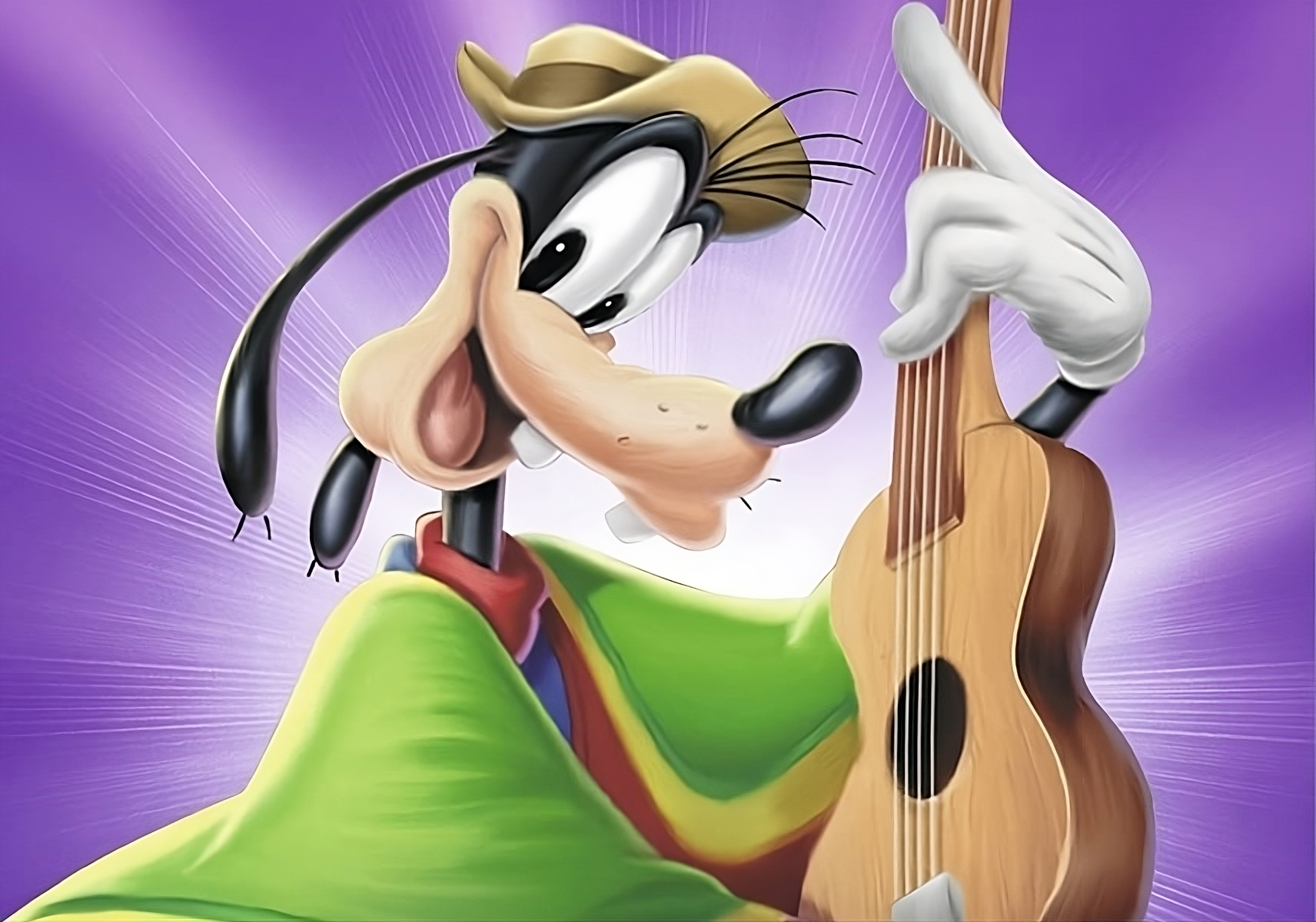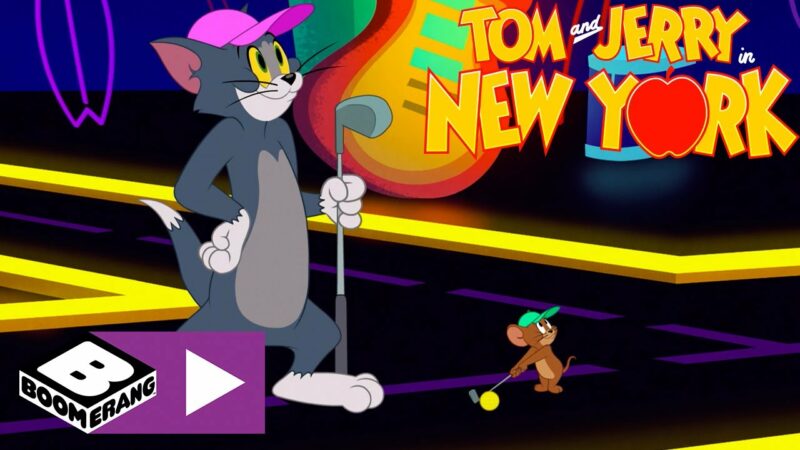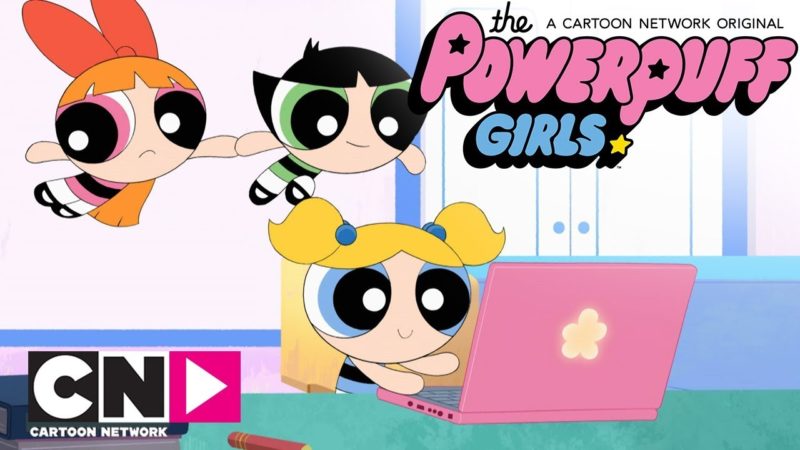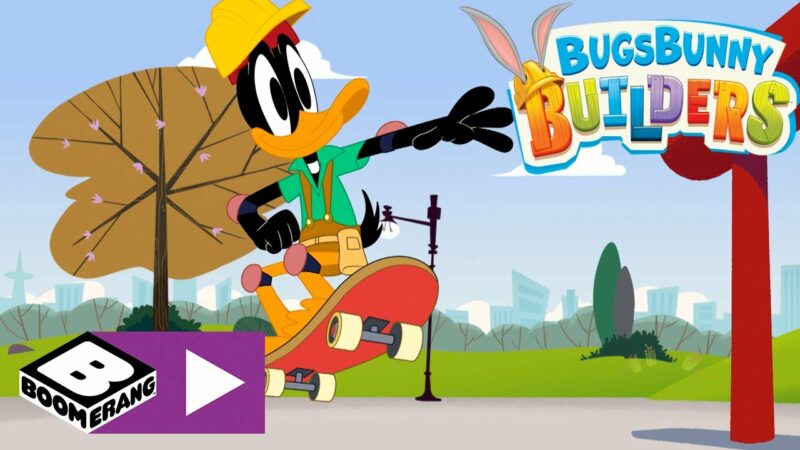Saludos amigos – the 1942 Disney animated film

Introduction
Saludos Amigos is not just another Disney animated film; it is a journey into the cultures, landscapes and hearts of Latin America. Released in 1942 and directed by a team of filmmakers, including Bill Roberts and Hamilton Luske, this film represents a turning point in Disney's filmography, being the first of six collective films produced during the XNUMXs. But what are the elements that make this film a stainless classic?
Structure and Content
Comprised of four different segments, Saludos Amigos lets two of the brightest stars in the Disney universe shine: Donald Duck and Goofy. In addition to them, the Brazilian parrot José Carioca makes his debut, a charming and charismatic character who smokes cigars and dances the samba. This combination of well-known characters and new introductions provides a dynamic visual and narrative experience, enhanced by a storyline that spans multiple regions of Latin America.
A Profound Cultural Impact
The popularity of Saludos Amigos was such that it prompted Walt Disney to produce a sequel, “The Three Caballeros,” just two years later. But the film's impact went beyond pure entertainment. It also influenced Latin American popular culture, as demonstrated by the birth of Condorito, a Chilean comic character created by René Ríos Boettiger as a response to the film. The Chilean cartoonist interpreted one of the characters, Pedro, as an affront to Chilean culture and responded with a comic that could "rival" Disney's characters.
Welcome and Recognition
Saludos Amigos received mixed reception upon its release. However, its impact and historical importance are indisputable. The film earned three Oscar nominations in 1944, including awards for Best Score, Best Song, and Best Sound.
The Production of Saludos Amigos: Politics, Difficulties and Innovation in the Age of War
Historical and Political Context
In 1941, prior to the United States' entry into World War II, the State Department commissioned Disney on a goodwill tour of South America. The goal was to produce a film as part of the Good Neighbor Policy, especially to counter the ties that some Latin American governments had with Nazi Germany. The tour was facilitated by Nelson Rockefeller, Coordinator of Inter-American Affairs at the time, and took Walt Disney and a team of about twenty people, including composers, artists and technicians, to several Latin American nations.
Internal Financing and Challenges
The film's production benefited from federal loan guarantees. This was especially helpful to the Disney studio, which was in financial difficulty due to the studio's over-expansion and the disruption of European markets due to the war. To further complicate the situation, there was also a labor crisis and strike underway at the Disney studio when the goodwill tour began.
Cultural Impact and Innovation
One of the peculiarities of Saludos Amigos is the inclusion of live-action documentary sequences showing modern Latin American cities, with skyscrapers and elegantly dressed residents. This choice surprised many American viewers of the time, helping to change the stereotyped image of Latin America. According to film critic Alfred Charles Richard Jr., the film “did more in a few months to cement a community of interest among the peoples of the Americas than the State Department had done in fifty years.”
Beyond Entertainment: A Cultural Legacy
Saludos Amigos was not only an animated success but also had a significant cultural impact. René Ríos Boettiger, a Chilean cartoonist, was inspired by the film to create Condorito, one of the most iconic figures in Latin American comics, as a counterpoint to the character of Pedro, perceived as an insult to the Chilean people.
Saludos Amigos: The Four Segments that Changed the Perception of Latin America
Introduction
Saludos Amigos is an animated film that marks a turning point in the history of animation and international relations. Directed by Bill Roberts, Hamilton Luske, Jack Kinney and Wilfred Jackson, the film consists of four distinct segments that offer a detailed and engaging look at the cultures of Latin America. Each segment begins with clips of Disney artists exploring various Latin American countries, drawing cartoons inspired by local culture and landscapes.
Lake Titicaca
In the first segment, the character of Donald Duck immerses himself in the culture of Lake Titicaca, located between Bolivia and Peru. Here, Donald meets the local wildlife and inhabitants, including a stubborn llama. This segment was directed by Bill Roberts and featured contributions from several talented animators such as Milt Kahl and Bill Justice.
Pedro
The second segment focuses on Pedro, a small anthropomorphic plane who lives near Santiago, Chile. Pedro faces various difficulties on his first flight to retrieve air mail. This part inspired Chilean cartoonist René Ríos Boettiger to create the character of Condorito, which has become one of the most iconic comics in Latin America.
El Gaucho Goofy
The third segment sees Goofy transported from his home in Texas to the pampas of Argentina to learn the customs of the local gauchos. This segment has been subject to changes over the years, mainly to remove a scene in which Goofy smokes a cigarette, but has since been restored to its original version.
Brazilian watercolor
The final segment, “Aquarela do Brasil,” introduces a new character, José Carioca, who accompanies Donald Duck on a journey through Brazil. This section is particularly known for its soundtrack, which includes the songs “Aquarela do Brasil” and “Tico-Tico no Fubá.”
Conclusion
Even though it is Disney's shortest animated film at just 42 minutes, Saludos Amigos manages to pack in a wealth of stories, characters and cultures. It is a film that opened the doors of Latin America to the world of animation and which continues to live in the hearts of enthusiasts, both as a work of art and as a historical and cultural document.
If you're a lover of Disney classics or want to explore the company's filmography beyond its more well-known titles, Saludos Amigos is a cinematic experience you shouldn't miss.
Technical Sheet of the Film Saludos Amigos
General informations
- Original language: English, Portuguese, Spanish
- Country of Production: United States of America
- Year: 1942
- Duration: 42 minutes
- Relationship: 1,37: 1
- Gender: Animation, Fantasy, Musical
Production
- Regia: Bill Roberts, Hamilton Luske, Jack Kinney, Wilfred Jackson
- Film script: Homer Brightman, Roy Williams, Bill Cottrell, Dick Huemer, Joe Grant, Ralph Wright, Harry Reeves, Ted Sears, Jim Bodrero, Webb Smith
- Producer:Walt Disney
- Production House: Walt Disney Productions
- Distribution in Italian: RKO Radio Pictures
Technical Aspects
- Photography: Lee Blair, Walt Disney, Larry Lansburgh
- Music: Charles Wolcott, Edward H. Plumb, Paul J. Smith
- Art Director: Lee Blair, Mary Blair, Herb Ryman, Jim Bodrero, John P. Miller
Animation Team
- Entertainers: Milt Kahl, Milt Neil, Bill Justice, Bill Tytla, Fred Moore, Ward Kimball, Wolfgang Reitherman, Hugh Fraser, John Sibley, Les Clark, Paul Allen, John McManus, Andy Engman, Dan MacManus, Joshua Meador
- Wallpapers: Hugh Hennesy, Ken Anderson, Al Zinnen, McLaren Stewart, Art Riley, Dick Anthony, Al Dempster, Claude Coats, Yale Gracey, Merle Cox
Voice actors
Originals
- Fred Shields: Narrator
- José Oliveira: José Carioca
- Pinto Colvig: Goofy
- Clarence Nash: Donald Duck
Italian
- Arrigo Colombo: Narrator
- José Oliveira: José Carioca
- Clarence Nash: Donald Duck
This information constitutes a complete overview of the film, covering details ranging from production to distribution, including technical and artistic aspects.






